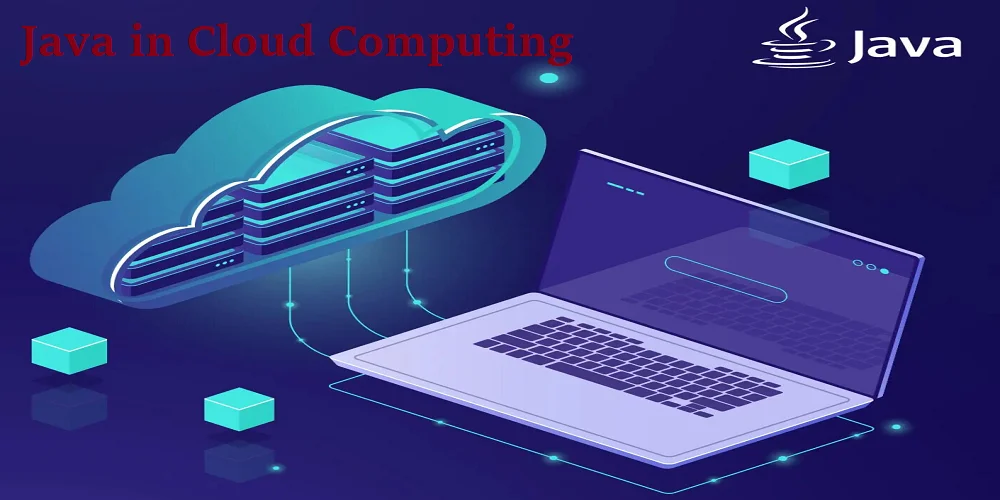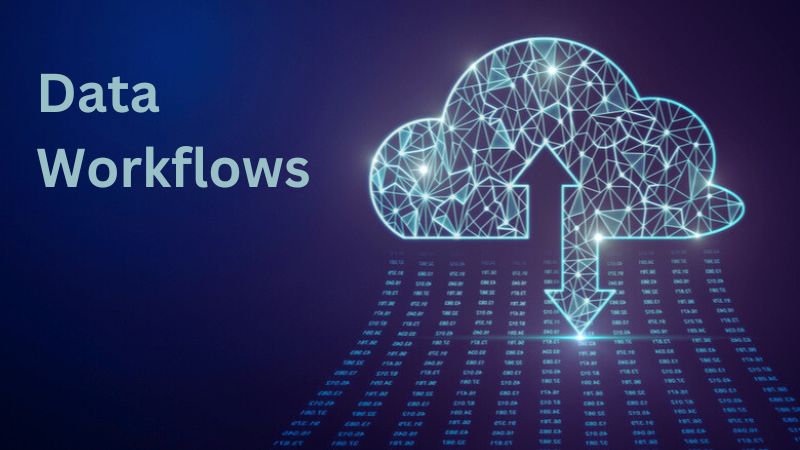An introduction to the significance of real-time data
Businesses in the modern Information Age generate enormous volumes of data every second. Significant intangibles of today require data to be developed in real-time and analyzed to give organizations the information they need to adjust course if market conditions change. Companies need real-time data to drive innovation and take the lead.
Many data types are continuously produced, from sensors and social media feeds to transactional systems and Internet of Things devices. Personalized marketing, fraud detection, and predictive maintenance are just a few uses for this information. It provides up-to-date information. Real-time data analysis allows businesses to identify trends and outliers and take prompt action based on the most accurate information.
In what ways does Cloudera Streaming operate?
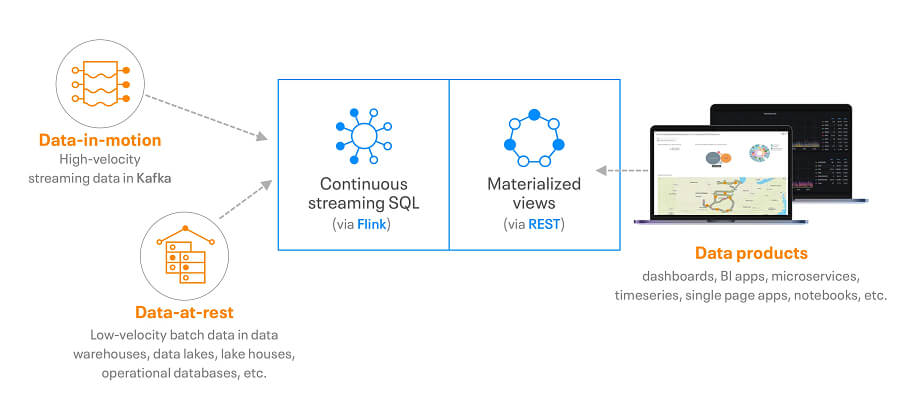
Cloudera Streaming data solutions is an extensible, real-time data processing platform that allows administrations to continuously consume and examine streaming data. Based on Apache Kafka, Cloudera Streaming is an incredibly reliable and scalable platform for managing massive data streams.
Data producers in Cloudera Streaming post messages onto particular topics. Consumers in the model subscribe to these topics and receive data they can process into helpful information. This model is built on the principle of publish-subscribe. Because messages are stored redundantly and fault-tolerant, data will not be lost if the system fails. With a distributed architecture, data is partitioned and placed in different brokers. Building on top of Apache Kafka’s design makes Cloudera Streaming data solutions conducive to horizontal scalability.
The Advantages of Real-Time Data Processing with Cloudera Streaming
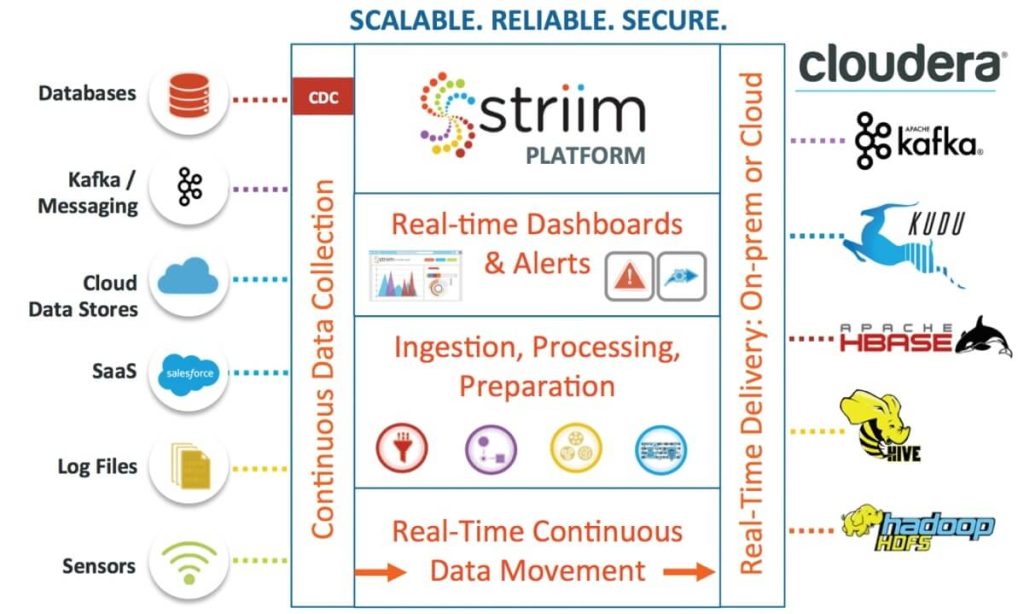
Scalability
In response to changing needs, organizations can extend their real-time data warehousing capabilities with Cloudera Streaming, which handles large volumes of high-speed data streams.
Trustworthiness:
With its fault-tolerant architecture, data is never lost in case of a network or hardware failure for Cloudera Streaming.
Low-latency operation:
Streaming data analysis using Cloudera enables businesses to process information in nearly real-time. They’re thereby able to quickly and appropriately respond as circumstances change with solidly informed decision-making.
Smooth integration:
With easy integration with other platforms and tools for data processing, Cloudera Streaming provides enterprises with a unified and comprehensive ecosystem from start to finish in processing all kinds of data.
Adaptability:
With its various supported data formats and protocols, Cloudera Streaming data solutions allows organizations to ingest data from multiple sources in any format most conducive to their needs.
Essential Characteristics and Functions of Cloudera Streaming
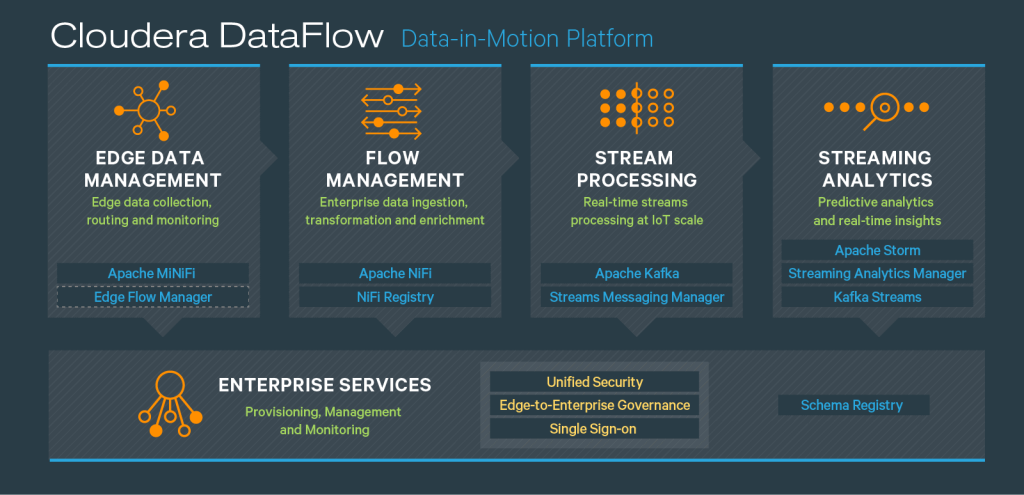
High-speed ingestion:
Data is ingested quickly thanks to Cloudera Streaming data solutions ability to process millions of messages per second.
Syntax defined precisely once:
Cloudera Streaming ensures every message is processed precisely once, preventing data loss or duplication.
Using streams:
Businesses can execute sophisticated analytics on streaming data thanks to Cloudera Streaming support for real-time stream processing via well-known frameworks like Apache Flink and Apache Spark.
Combining Apache Kafka Connect:
Organizations can quickly connect to various data sources and sinks using Cloudera Streaming seamless integration with Apache Kafka Connect.
Governance and security:
Cloudera Streaming includes robust security features, including data masking, encryption, and authentication for instances running in the public cloud.
Installing and setting up Cloudera Streaming
Establish a Cloudera cluster containing all the components needed for real-time data processing to begin using Cloudera Streaming data solutions. Often, it includes Apache Kafka, Apache ZooKeeper, and Cloudera Manager.
The Future of Data is Automated: Cloudera Data Engineering Shows the Way
In this regard, automated solutions like Cloudera Data Engineering are of great importance. They greatly improve data administration procedures and processes.
After setting up the cluster according to Cloudera’s instructions and documentation, you can install and configure Cloudera Streaming. The installation process involves downloading and installing the necessary software packages, setting up configurations, and starting Cloudera Streaming.
Following installation, you must make topics where data producers can post messages. Subjects are rational groups or platforms where information is shared, enabling users to subscribe and access the information. The Cloudera Manager web interface and the Kafka command-line tools allow you to create topics via the command line.
The Best Methods for Setting Up and Maintaining Cloudera Streaming
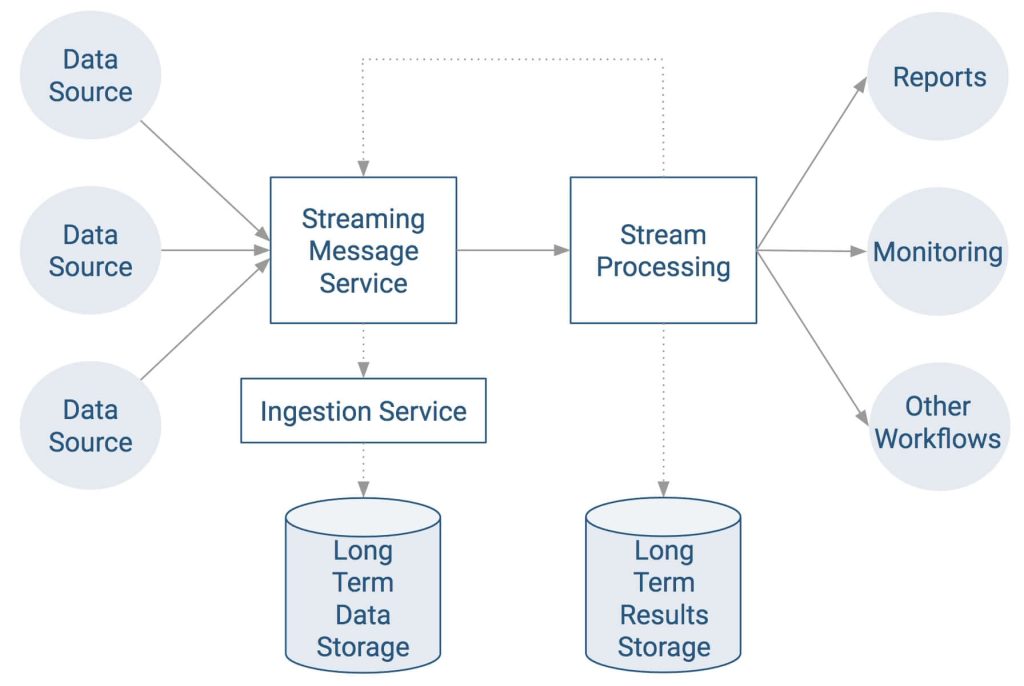
Some best practices must be followed to implement and manage Cloudera Streaming. Here are a few crucial suggestions:
Scalability-focused design:
Build your Cloudera Streaming infrastructure with the volume and velocity of your streaming data in mind, and make sure it can handle the demand. This could entail adjusting the Cloudera cluster’s performance, increasing the number of brokers, and maximizing network bandwidth.
Maintain consistency in the data:
For reliable streaming data processing, you must design your Cloudera Streaming applications with exact-once semantics and fault tolerance. This could entail building your data deduplication and recovery techniques or utilizing application processing frameworks like Apache Flink.
Track and improve performance:
To find bottlenecks and improve resource allocation, keep a close eye on your Cloudera Streaming cluster’s performance. Track key performance indicators and make well-informed decisions for performance enhancements using Cloudera’s monitoring tools, such as Cloudera Manager and Apache Kafka metrics.
Put safety precautions in place:
Ensuring the confidentiality and integrity of sensitive data requires protecting your streaming data. To protect your data and stop unwanted access, use the authorization, authentication, and encryption features offered by Cloudera Streaming.
Make use of integration powers:
Other data processing platforms and tools, like Apache Spark and Apache Hadoop, can be easily integrated with Cloudera Streaming. Investigate your options for integration to fully utilize these tools’ capabilities and create an ecosystem of data processing that satisfies your company’s needs.
Connecting Cloudera Streaming to Additional Data Processing Platforms and Tools
Cloudera Streaming offers many integration choices for smooth data transfer between various platforms and data processing tools. Organizations can use each tool’s advantages and create a robust data processing pipeline by integrating Cloudera Streaming with other technologies.
An example of a standard integration is Apache Spark, a widely used distributed computing framework for handling large amounts of data. With Cloudera transmission, real-time data gets transmitted into Apache Kafka topics, which streaming applications running on top of Apache Spark can take in and analyze. Relying on this integration, enterprises can exploit Spark’s rich libraries and APIs to perform complex data analysis in real-time.
Utilizing Apache Hadoop, a popular framework for distributed big data processing and storage is an additional integration choice. Organizations can store and handle streaming data in the Hadoop Distributed File System (HDFS) and carry out batch processing using MapReduce or Apache Hive by integrating Cloudera Streaming with Apache Hadoop through tools like Apache Flume and Apache Sqoop.
Solving typical Cloudera Streaming problems
There might be times when problems occur even though Cloudera Streaming offers a stable and dependable platform for processing data in real-time. The following list of typical issues that users might run into, along with potential fixes,
Data loss:
If you are facing data loss in your Cloudera Streaming configuration, examine the replication factor of your Kafka topics. Ensure the replication factor is set to a value that provides data durability during broker failures. Additionally, monitor your brokers’ disk utilization to verify they have enough storage capacity to handle the incoming data.
Performance degradation:
If your Cloudera Streaming cluster is going unusually slow, remember to check what resources each broker and consumer uses. Adjust the allocation of resources in three ways: changes in the number of partitions, customer adjustments, or extra brokers to effect an even load.
Connectivity issues:
If you cannot connect your producers and consumers, check the network setup of your Cloudera cluster. Ensure that the necessary ports are open and accessible and that the firewall settings allow communication between the different components of Cloudera Streaming data solutions.
Security vulnerabilities:
Review the cluster’s security configurations if your Cloudera Streaming deployment is vulnerable to a security breech. Ensure the authentication and authorization mechanisms are set up correctly, and that encryption settings to protect data in transit or at rest have been enabled.
Future Trends and Advancements in Real-Time Data Processing with Cloudera Streaming
Cloudera Streaming data solutions, a leader in real-time data processing, is at the forefront of this frontier. Even the field itself is changing rapidly. Here are some future trends and advancements to look out for:
Integration with machine learning:
Cloudera Streaming is also expected to be better integrated with machine learning frameworks such as Apache Spark MLlib and TensorFlow. This will allow organizations to perform real-time predictive analytics on streaming data, enabling intelligent decisions based on generated insights.
Edge computing:
With the rise of the Internet of Things (IoT), we expect to see a growing emphasis on edge computing, featuring data processing and analytics at or near network nodes. Streaming will probably offer extended edge computing capabilities, allowing companies to process and analyze streaming data on the fly at the gateway devices.
Advanced analytics:
Complex event processing and anomaly detection are expected to be among the advanced analytical functions of Cloudera Streaming data solutions. These features enable organizations to discover patterns, trends, and outliers in real-time streaming data. Proactive decision-making and early detection of faults that can spell catastrophe are the benefits that follow from these capabilities.
Cloud-native architecture:
As cloud computing takes off, Cloudera Streaming also seems headed for a cloud-native architecture that fully uses the scalability and flexibility offered by large public clouds to process data on an event basis. This will make it easier to integrate with cloud services and offer organizations more choices regarding how they want to deploy and manage their Cloudera Streaming infrastructure.
Conclusion
Today, in the data world, gaining a competitive edge depends on harnessing the strength of instant information. The real-time data analysis platform provided by Cloudera Streaming eliminates your organization’s bottlenecks in speed and scalability, making it possible to evaluate rapidly for efficiency and stimulating invention.
Read More:
- Virtual Clusters: Scaling Your Data Workflows with CDE’s Powerful Tool
Industry leader Cloudera’s CDE also provides a variety of features and functionalities to further refine and accelerate the Cloudera Data Engineering service processes.


